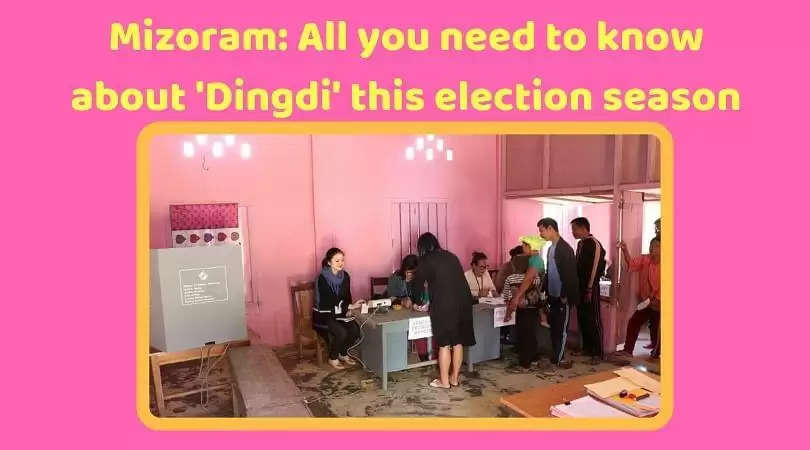Mizoram: All you need to know about ‘Dingdi’ this election season

TNT News Desk | November 28, 2018
As Mizoram votes today, there are 40 polling stations managed by all-women polling officials and security personnel. These 'pink polling stations', built for women voters only, are locally known as 'Dingdi' after a wild flower, which is found in abundance here and is commonly used in Mizo poetry to depict beautiful women.
5 facts to know about Vanlalawmpuii Chawngthu, Mizoram's only woman MLA
It is worthy to mention here that though just 15, this is the largest number of women that has ever been fielded in the state — a fact which shows how difficult it an be for women here to breach the proverbial glass ceiling.
MIZORAM POLLS 2018 LIVE UPDATES: 67 per cent voter turnout as of 3 pm
Even this year, among the total 209 candidates, only 15 are women. Among these, six are from BJP and five from Zoram Thar, an evangelist party floated by Zaichhawna Hlawndo. This, however, is still the highest number in Mizoram's history, where the number of female candidates has never exceeded eight.
There are approximately 7,68,181 eligible voters in Mizoram, out of which 3,93,685 are women, as per the election commission data.
The BJP, which is contesting in 39 out of 40 seats in the state, has fielded six female candidates. The Zoram People's Movement (ZPM), a regional party in the state, has named two woman candidates, while the Congress and the Nationalist Congress Party (NCP) have fielded one woman, each. The Mizo National Front (MNF), a significant regional party in Mizoram, has no women representation in this election. The remaining women candidates who are contesting the election are independent.
At present, Vanlalawmpuii Chawngthu from Congress is the only woman in the state Assembly. Chawngthu won the Hrangturzo constituency bye-election in May 2014, after Chief Minister Lal Thanhawla vacated this seat to keep the Serchhip Assembly constituency with him.
The first woman legislator to be elected in Mizoram was Thanmawii in 1978, followed by K Thansiami in 1984 and then Lalhlimpuii Hmar in 1987.

















